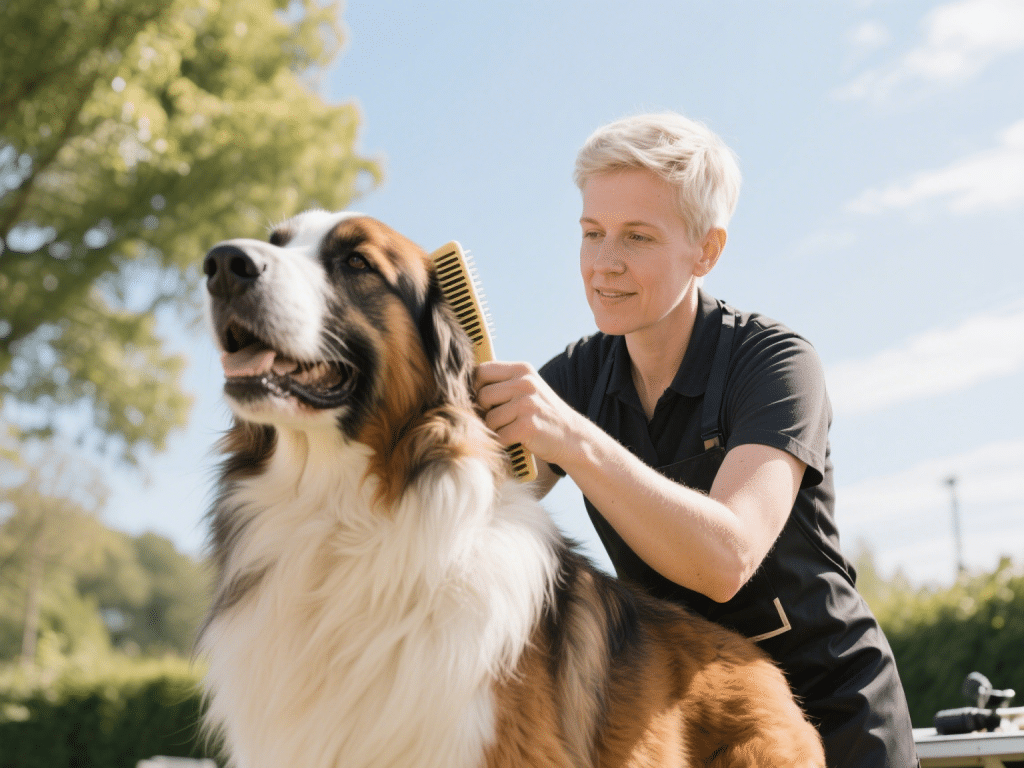
How to Tell If Your Cat Is Stressed: Signs, Causes & Calming Strategies
Every cat parent wants a happy, relaxed companion—but even the most pampered kitty can e...

Shopping for cat food can feel overwhelming: hundreds of brands, dozens of formulas, and cryptic labels boasting claims like “natural” or “complete.” But reading between the lines is essential to ensure your cat receives balanced, species-appropriate nutrition. As a veteran pet blogger and feline nutrition enthusiast, I’ll demystify ingredient lists, guaranteed analysis panels, and marketing buzzwords so you can confidently choose the best diet for your companion.
Ingredient List: Ordered by weight before cooking—look for named meats (e.g., “chicken,” not “meat meal”).
Guaranteed Analysis: Minimums for crude protein, fat; maximums for fiber, moisture.
AAFCO Statement: Confirms whether the formula meets nutritional requirements (growth/maintenance).
Caloric Content: kcal per serving—essential for weight management.
Cats are obligate carnivores; high-quality animal protein is non-negotiable.
Whole Muscle Meats: Chicken, turkey, salmon—easily digestible and nutrient-rich.
By‑Products vs. Meals: By-products like “chicken by-product meal” can be high in essential nutrients; avoid generic “meat meal.”
Fats supply energy and support skin, coat, and brain health.
Named Fats: Chicken fat or fish oil—excellent sources of omega‑3s.
Avoid “Animal Fat” Vague Labels: Look for specifics.
Minimal carbs suit feline metabolism.
Healthy Grains: Brown rice, oatmeal—acceptable in moderation.
Excessive Starches: Corn, wheat, soy can trigger allergies or obesity.
Natural Preservatives: Mixed tocopherols (vitamin E).
Artificial Dyes/Flavors: Best avoided—linked to sensitivities.
Grain‑Free: Not always necessary; some cats tolerate grains well.
Weight‑Control & Senior Diets: Tailored for life-stage needs—consult your vet.
Gradual switch over 7–10 days prevents digestive upset: mix increasing new food ratio daily.
Beware marketing terms: “Human‑Grade” isn’t regulated; “Premium” varies by brand. Trust AAFCO compliance and transparent labelling above all.
Takeaway: Decoding cat food labels empowers you to select balanced, species‑appropriate diets that support your cat’s health from nose to tail. Next grocery run, scrutinize those panels—you’ll shop like a pro and feed with confidence!

Every cat parent wants a happy, relaxed companion—but even the most pampered kitty can e...

I’m a certified canine groomer with over 12 years specializing in Nordic and double-coat...

I’m a lifelong eco-enthusiast and certified pet behavior consultant. Making your own pet...

IntroductionTraining kittens to use a litter box is a fundamental milestone for every cat ...

When to Spay or Neuter Your Cat: Health Benefits ExplainedThe Optimal Timing for Cat Steri...

IntroductionEnsuring your cat receives timely vaccinations is one of the most important st...
Comments on "Understanding Feline Nutrition Labels: What to Look for in Cat Food Ingredients" :